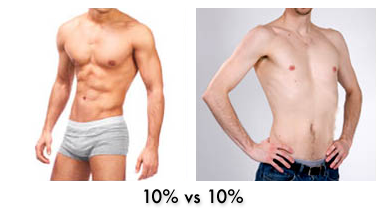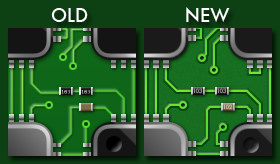To Thine Own Self Be True
I would rather us do the best we can for a first release then to just throw in the towel and say whatever. I think anything we do should be with high standards. That is what will set us apart from the rest.
That’s what my wife told me the other day. She’s pretty awesome like that. You see, we’ve been working on a new app that I’ve been super excited to reveal to the rest of the world. When that moment finally came around, the response was not as enthusiastic as I’d hoped. Though, to be fair, I’d probably have been disappointed with anything short of rapturous enthusiasm. This despite having told myself (repeatedly) that no one is going to love your creation like you do. Still it was a letdown and I toyed with the idea of just wrapping up and submitting the app as it stood at the time. I suggested as much to Susie and that’s what she came back to me with and it was exactly the jolt I needed.
For a while there I lost sight of the fact that, while I certainly hope that others will enjoy what we’ve made and find it useful, the only opinion that really and truly matters is my own. Sure there are plenty of rough edges left to smooth away, and as the creator those rough edges probably stand out to me more than a casual observer. But there are also times I’m using the app that I just grin like a maniac because something came together just as I saw it in my head weeks or months ago.
I guess I’m just saying that you know, and this goes for any sort of creative endeavor, be it software development, woodworking, painting, etc… you know what vision you had in mind when you began, and how close the final result is. And you’ll know whether or not you took little shortcuts along the way or took the time to add those little details that you think no one is ever going to notice. And maybe they won’t, but you will. And you’ll certainly notice if somewhere along the way you start to lose heart, slap a coat of paint on it and call it done. And you’ll regret it.


